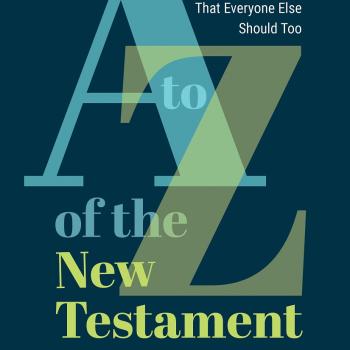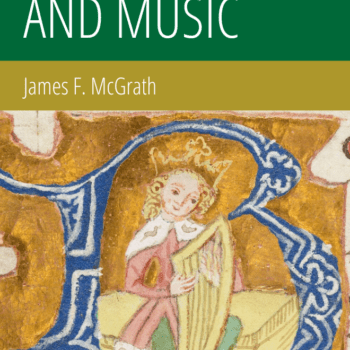I’m long overdue to blog about another book, and it makes for a natural follow up to another recent book review here on the blog. I am referring to Biblical Aramaic: A Reader and Handbook. It is mainly aimed at those studying “biblical Aramaic” which means the Aramaic used in books like Daniel. My own interests intersect more with the Aramaic spoken somewhat later, in the time of Jesus, and with dialects relevant to other still later literature I’ve studied in Mandaic and Syriac.
As the Hendrickson blog (i.e. that of the publisher of the volume) emphasizes, this is not a grammar or even a standard textbook of a classic or traditional sort, but a book that seeks to facilitate learning in a way that complements but also goes beyond what you are likely to find in such books. The book is perhaps most like the learning aids I mentioned in another post recently. The biggest difference is that the content is not broken up to be digested in small chunks on a daily basis. Rather the entirety of the Aramaic text found in the Bible, whether the small portions in Genesis and Jeremiah or the longer stretches in Daniel and Ezra, are provided in their entirety. Each page of such text from the Bible in original languages also includes notes explaining forms. The largest part of the book is what follows thereafter, taking the form of extensive lists of vocabulary by frequency, verb forms, and a great many other word lists organized in a variety of ways so that whether you are looking to find and acquaint yourself with all verbs of a particular type, or look up a specific word in a glossary, you can do so.
Let me recommend once again the conversation about this book posted on the Hendrickson blog. And to follow up, let me share a couple of other things related to Aramaic. For one, here’s a puzzler for those who (like me) are primarily focused on researching the New Testament and early Christianity: Why does the Gospel of Matthew have Jesus warn about saying “raca” in a Greek work? Did anyone use this “swear word” in that linguistic environment? I’m not sure I’ve seen this question raised in this term as often as it probably deserves to be. I will share that I remember that I had a Dutch colleague who told me that in the Netherlands they often use English swear words rather casually, saying things that would shock native speakers of English without thinking twice, whereas native Dutch swear words would be avoided by the same people as too vulgar or insulting. I don’t know whether something like that might have happened in the linguistic setting in which the Gospel of Matthew was composed (or that of Jesus, for that matter). But it provides an interesting angle on this typically ignored and neglected question.
Also related to Aramaic, the world’s only Aramaic gravestones have been found in Northern Jordan, according to the Jordan Times.
See also:
https://www.episcopalcafe.com/sermon-on-the-mount-the-antitheses-more-rules-or-guidelines/














